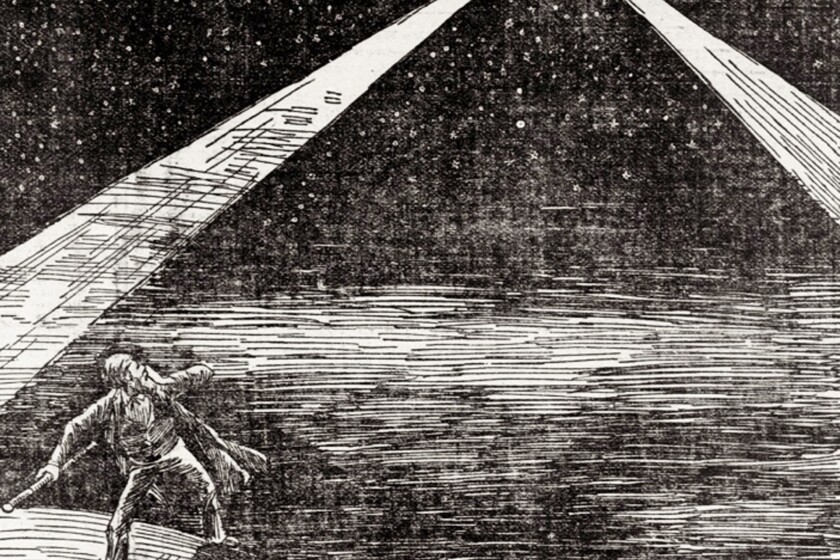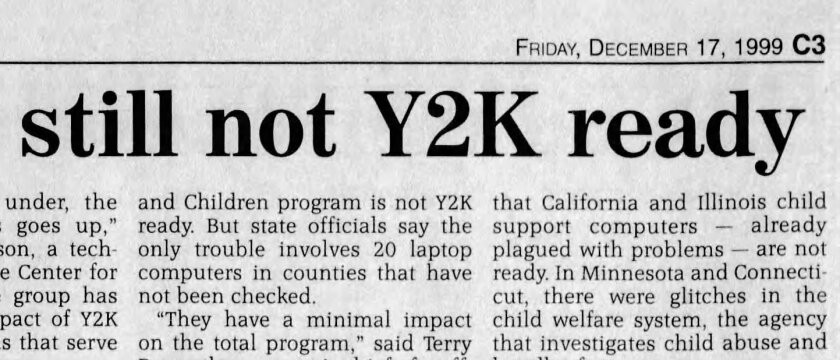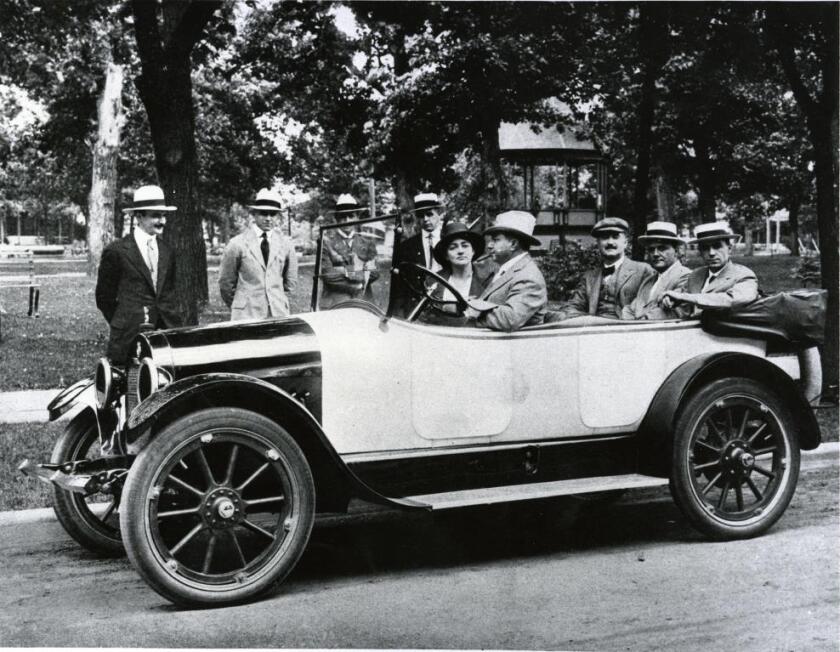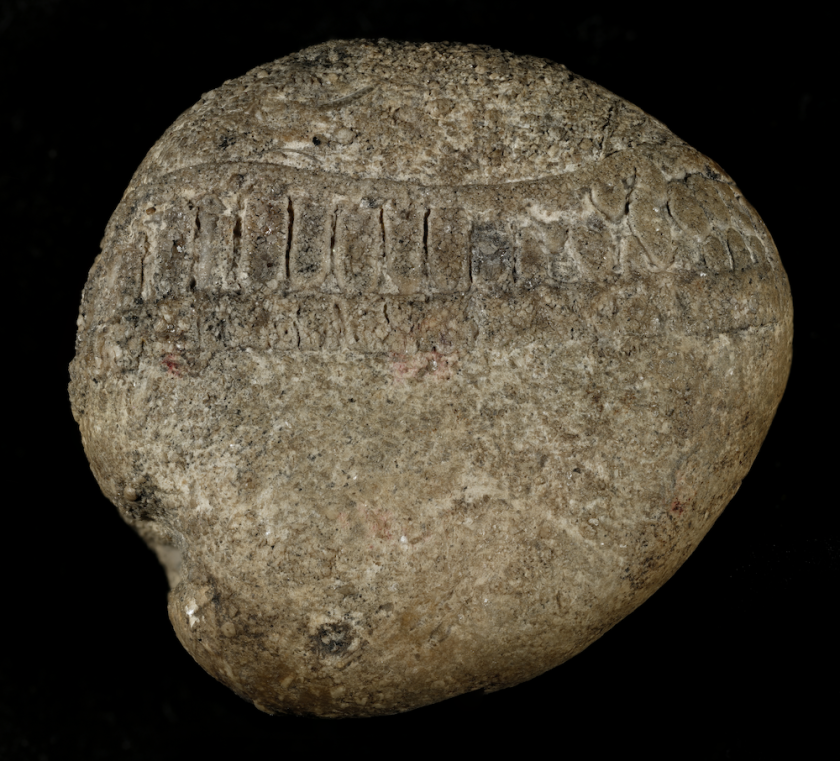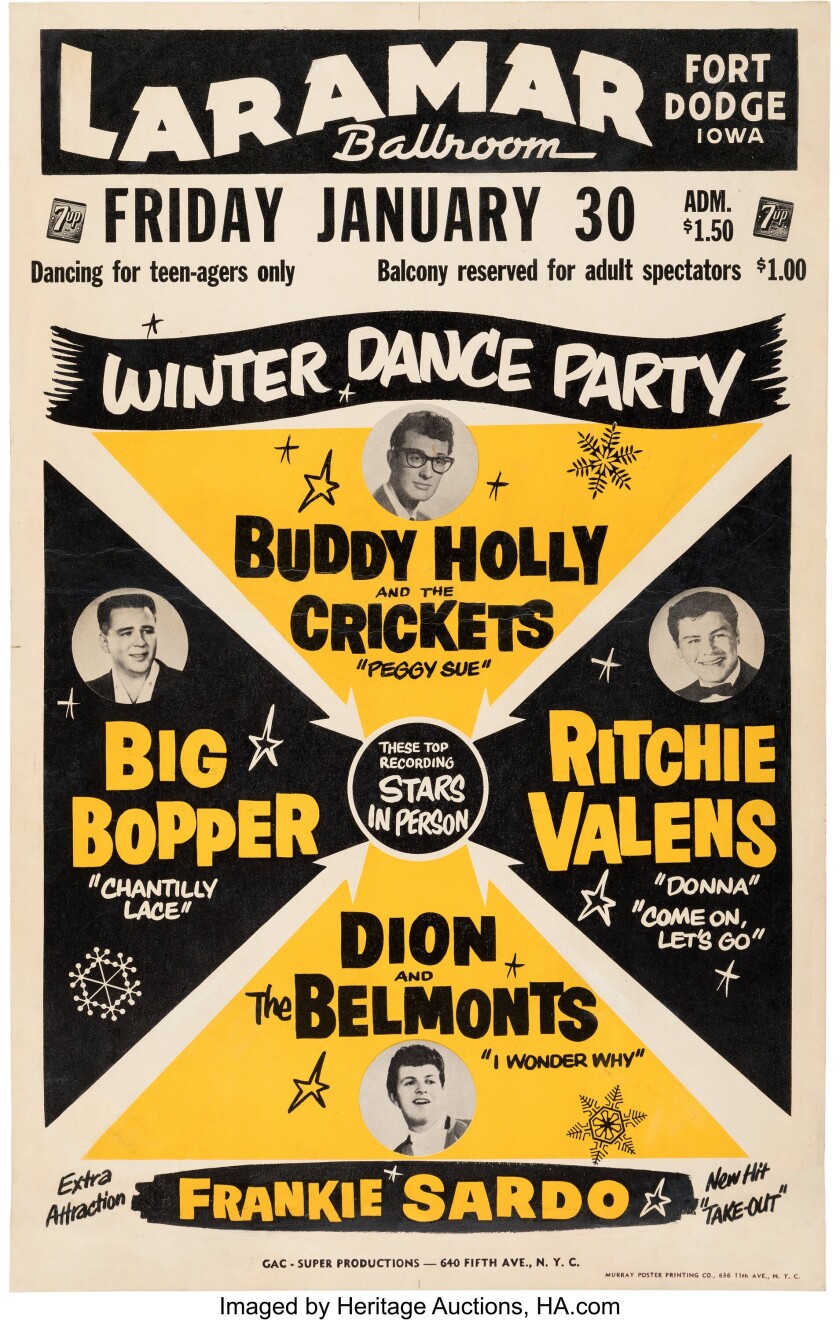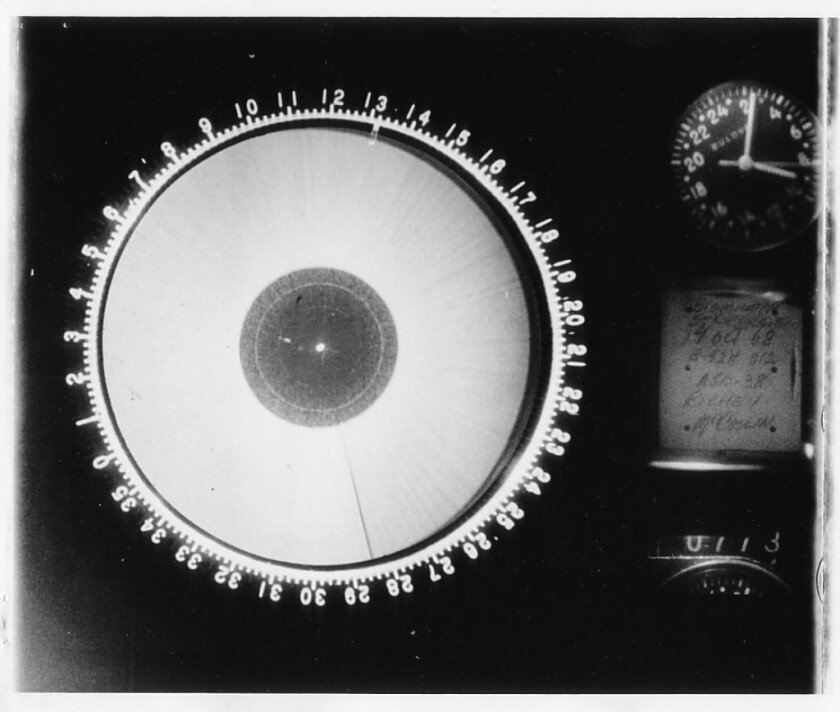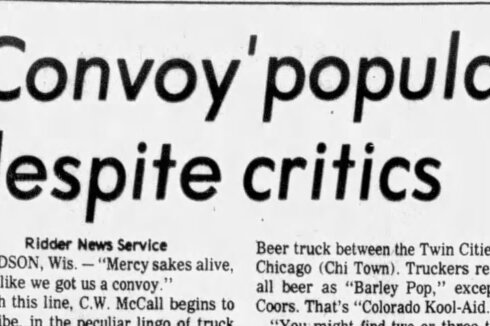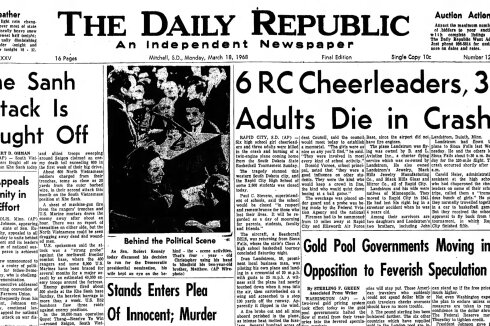JAMESTOWN, N.D. — It is impossible to say what, if anything, folks saw traveling across the night sky from Steele, North Dakota, to Dickinson, North Dakota, on a Monday night in April 1897.
The Jamestown Alert referred to it as an “airship” and described it as displaying red, green and white lights. The term airship would have to suffice in 1897 as the term unidentified flying object wasn’t developed until the 1950s by the United States Air Force.
ADVERTISEMENT
Reports of the airship first came in about 9 p.m. along the Northern Pacific Railroad line in central North Dakota. According to newspaper reports, the telegraph operator at Steele was awakened by the public and urged to send a message down the line at about 10:30 p.m. The ship continued west and was reported near Bismarck about 11 p.m. and at Dickinson about 1:15 a.m.
At Dickinson, the ship turned to the south and was assumed to have settled into a hidden canyon or ravine to hide until the next night.
If these reports are to be believed, the airship of 1897 traveled at about 50 mph, covering the distance from Bismarck to Dickinson in two hours, and lacked advanced navigation, forcing it to follow existing railroad tracks to cross the country.
Other newspapers in North Dakota gave the airship story less coverage if they mentioned the phenomenon at all.
“Dickinson people saw the airship, or something else, on Monday night,” reported the April 17, 1897, edition of The Dickinson Press.
The Dickinson Press also quoted the Jamestown Alert article with a final paragraph that said “the Dickinson people caught sight of the evening star, and it is said that some of the people who were watching that night were prepared to see most anything.”
North Dakotans weren’t the only folks seeing things they couldn’t identify in the night sky in 1896 and 1897.
ADVERTISEMENT
The April 13, 1897, edition of the Saint Paul Globe makes two one-paragraph mentions of airships on its front page. The newspaper also includes an artist's interpretation of what a ship bringing visitors from Mars to Earth might look like.
In the June 16, 2022, edition of KANSAS! Magazine, an article details reports of an incident at Vernon, Kansas, on April 12, 1897, where cattle were reportedly abducted by a cigar-shaped ship occupied by two men, a woman and three children.
The same KANSAS! Magazine article reported similar sightings at Topeka, Kansas, in March 1897 and similar reports from areas as far and wide as California, Arkansas, Nebraska and Illinois.
The sightings had reportedly begun in California in late 1896 and progressed across the country by the spring of 1897. Speculation at the time ranged from a secret project by the government or an inventor or a Martian scouting trip.
Thomas Edison was often linked to the theory as the eccentric inventor. He claimed the stories were hoaxes and that he had no responsibility for any unknown airships flying through the sky.
The incident in North Dakota in April 1897 came in the midst of serious spring flooding across much of the eastern part of the state. The stories briefly shared the front page of newspapers with stories of destroyed rural farms and flooded towns along the Red, Sheyenne and James rivers.
Reports of airships seemed to end, at least temporarily, all across the United States after the spring of 1897. People in North Dakota could return to watching the rivers rather than watching the skies.

